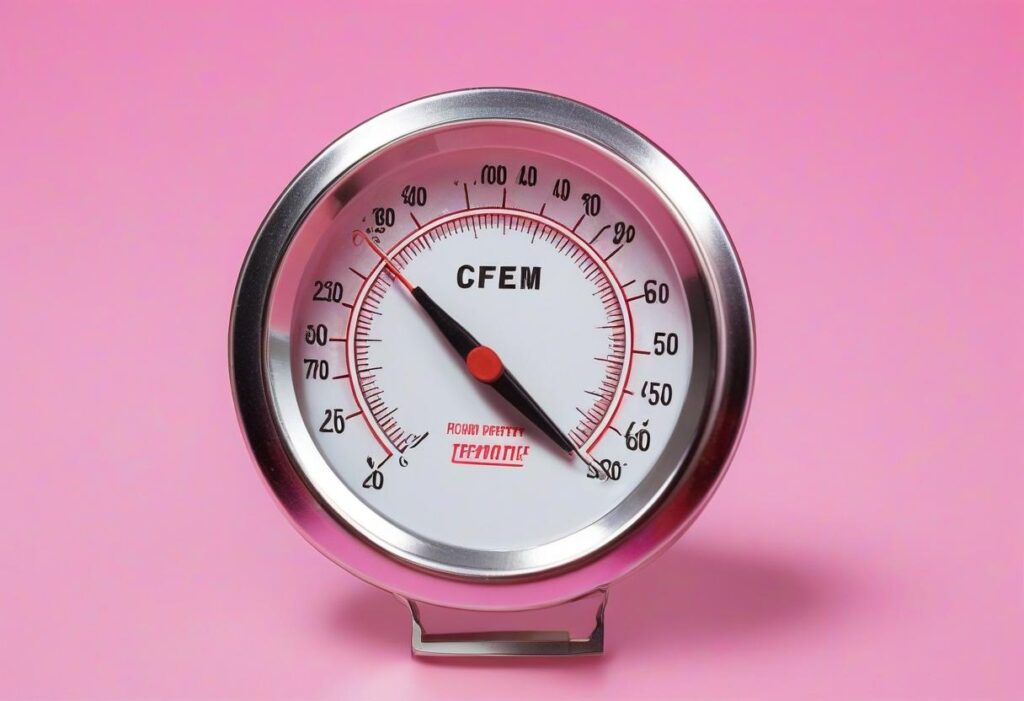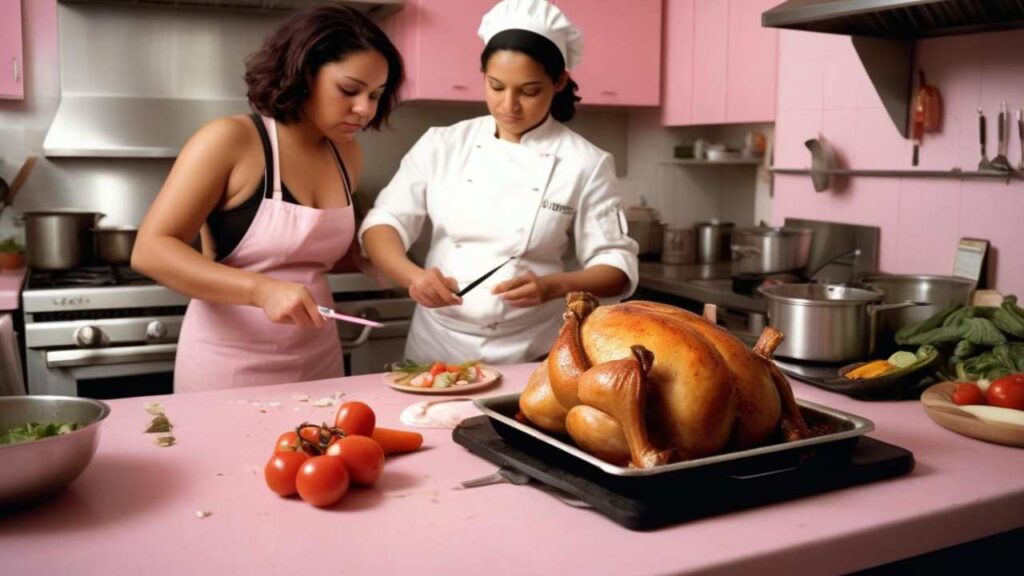Whether you’re a food handler working in a busy kitchen or a restaurant owner responsible for the safety of your customers, maintaining proper food temperatures is a non-negotiable part of food safety. Improper temperature control is one of the leading causes of foodborne illnesses—a risk no one can afford to take.
This guide covers everything you need to know about checking food temperatures effectively. You’ll learn which tools to use, how to check temperatures correctly, and how to meet the health standards that protect your customers and reputation.
Why Correct Food Temperature Matters

Foodborne pathogens thrive between 40°F and 140°F, often called the “danger zone.” If food sits within this temperature range for too long, harmful bacteria can grow to unsafe levels, significantly increasing the risk of foodborne illnesses.
By frequently checking food temperatures and understanding the proper guidelines, food handlers ensure that food remains safe to consume during preparation, serving, and storage. The stakes are incredibly high—managing correct food temperatures is arguably one of the most critical responsibilities in the food service industry.
The Tools of the Trade
To maintain food safety, food handlers need reliable tools for measuring temperature. Here are the most common options and how to use them effectively.
Digital Thermometers

Digital thermometers provide fast, precise readings and are ideal for various food items. High-end models even come with features like built-in probes designed for specific foods. For busy restaurant kitchens, they are an indispensable tool for quickly ensuring food meets safety standards.
Tips for Use:
- Insert the thermometer probe into the thickest part of the food for an accurate reading.
- Avoid touching bone, fat, or gristle, as these can distort the reading.
Probe Thermometers

This type of thermometer, often equipped with a long, sharp probe, is perfect for checking the internal temperature of larger items such as roasts, casseroles, and deep dishes. These are indispensable for commercial kitchens.
Tips for Use:
- After use, clean and sanitize the probe to prevent cross-contamination.
- Use the probe thermometer during cooking to avoid guessing when food is fully prepared.
Infrared Thermometers
Rather than directly contacting the food, infrared thermometers measure surface temperatures and are excellent for soups, sauces, and external food surfaces. However, they are limited in not measuring internal food temperatures.
Tips for Use:
- Always point the device directly at the food surface for the most accurate reading.
- Regularly calibrate infrared thermometers to maintain accuracy.
Disposable Temperature Strips
While thermometers are rare, temperature strips can be a quick and convenient option during food storage or transportation. They work by changing color at specific temperature thresholds.
Tips for Use:
- Use strips with other thermometers for critical measurements, as they only provide approximate readings.
- Ensure the strip is compatible with the food’s temperature range.
Step-by-Step Guide to Checking Food Temperatures

Know the Correct Temperature Guidelines
Before you even pick up a thermometer, be sure to know the recommended temperatures for different types of food:
- Poultry (chicken and turkey): 165°F
- Ground beef, pork, veal, and lamb (burgers, meatballs): 160°F
- Fish and shellfish: 145°F
- Leftovers and reheated food items: 165°F
- Cold foods (salads, desserts): 40°F or below
- Hot foods (soups, sauces, casseroles): 140°F or above
Insert the Thermometer Properly
Always insert the thermometer into the thickest part of the food for an accurate measurement, avoiding fat, bone, or cartilage. These elements heat at different rates and may give a false reading.
Allow the Thermometer to Stabilize
Each thermometer type has a specific stabilization time. Digital thermometers take only a few seconds to stabilize, while analog ones may require up to 20 seconds. Carefully read the manufacturer’s instructions to avoid rushing when taking crucial readings.
Record and Repeat
Temperature checks should happen frequently throughout food preparation, cooking, and serving. For batch cooking, check temperatures at regular intervals to ensure consistency. More than a single temperature check is required to guarantee safety.
Keep a Log
Log all temperature readings as a standard operating procedure. This will not only serve as proof of compliance during inspections but also help identify patterns that may indicate equipment malfunctions or other problems.
Common Mistakes to Avoid
Rushing Temperature Checks
Skipping steps or rushing the process can result in inaccurate readings, putting your food and customers at risk. Always ensure adequate time for the thermometer to produce stable readings.
Neglecting Cross-Contamination Risks
Always sanitize thermometers between uses, especially when switching between raw and cooked foods. Cross-contamination is a significant food safety risk and can undermine all other efforts to maintain safe food handling practices.
Not Calibrating Thermometers
Thermometers must be regularly calibrated to ensure accuracy. Even the most careful food safety practices will succeed if your thermometer shows the correct temperature.
Misjudging Surface vs. Internal Temperature
While the food’s exterior might appear thoroughly cooked, the internal temperature may tell a different story. Always prioritize internal temperature checks over surface readings.
Building a Culture of Food Safety in Your Workplace
Beyond monitoring food temperatures, food handlers and restaurant owners should foster a strong food safety culture. This means providing staff training, emphasizing the importance of temperature control, and staying updated on FDA regulations and local health codes.
Remind your Team that food safety isn’t just a compliance requirement—it’s about protecting your customers and your business’s reputation.
Next Steps Toward Better Food Safety
Checking food temperature may seem like a simple task, but it is crucial to maintaining customer trust, avoiding legal consequences, and ensuring food safety. By mastering the tools, techniques, and best practices for temperature management, food handlers take a vital step toward success.
Equip your kitchen with the proper thermometers, enforce regular temperature checks, and invest in training to ensure your Team is well-prepared to meet the highest safety standards.
Need more expert tips? Explore our complete food safety guide to become a pro at maintaining compliance and serving meals customers will love safely and confidently!



















